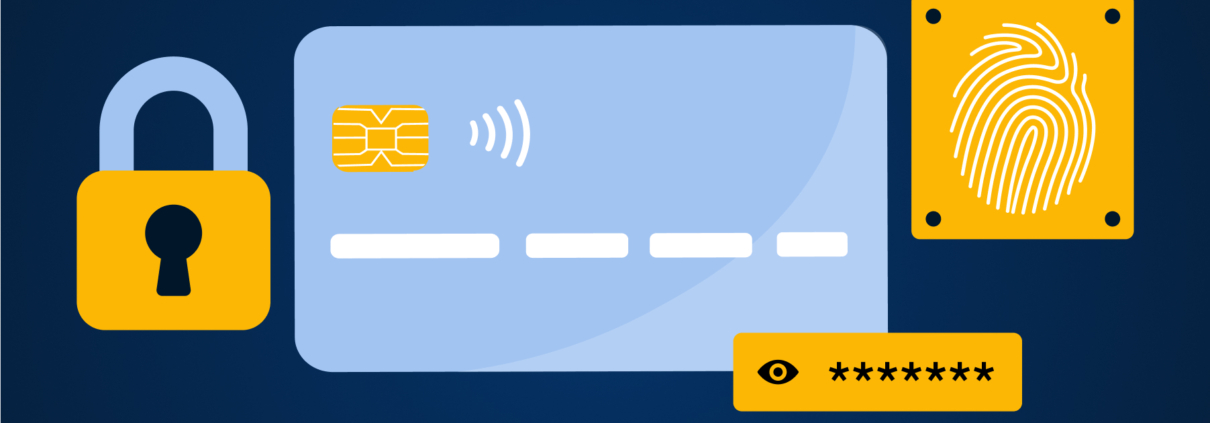Exploring the Power of Decoupled Authentication
The need for secure payment authentication becomes increasingly essential as the world becomes more digital. Decoupled Authentication (DCA) is a 3D Secure 2 (3DS2) security measure used in online transactions, enabling a frictionless payment experience for customers while ensuring the highest level of security. In this blog, we will delve into Decoupled Authentication, what it is and its relevance in different payment scenarios.
What is Decoupled Authentication?
Decoupled Authentication (DCA) is a payment authentication protocol that separates the authentication process from the payment flow. It enables cardholders to authenticate their payment via a separate device or app, such as a mobile phone or tablet, instead of being redirected to a bank’s website.
This separation of authentication from the payment flow results in a more seamless and frictionless payment experience, as the cardholder does not need to input their payment details again, which can be time-consuming and may deter them from completing the transaction.
When is Decoupled Authentication used in Mobile Payments?
DCA is particularly relevant in mobile payments, where the payment process needs to be streamlined to provide a seamless customer experience. In mobile payments, DCA allows cardholders to authenticate their payment on their mobile device without navigating away from the merchant’s app or website. According to a recent study, over 60% of online transactions in the UK are made on mobile devices, highlighting the importance of a seamless and secure mobile payment experience.
DCA provides a more secure and convenient authentication process, reducing the risk of fraud while maintaining a frictionless payment experience for the customer. The adoption of 3D Secure 2 (3DS2), which includes DCA, has been shown to increase authorisation rates in mobile payments by up to 11%.
When is Decoupled Authentication used in Merchant Initiated Transactions?
Merchant-initiated transactions (MITs) are those in which the cardholder does not initiate the payment, but the merchant does on their behalf, for example, subscription services. In such cases, the traditional authentication process can be inconvenient and cause friction in the payment process, leading to payment abandonment.
DCA can streamline the payment process by allowing the cardholder to authenticate the payment on a separate device or app without entering their payment details again, ensuring a seamless payment experience. A report by Mordor Intelligence suggests that the global MIT market is projected to reach $815.5 billion USD by 2026, highlighting the significant importance of secure payment authentication for businesses that conduct MITs.
When is Decoupled Authentication used in Mail Order/Telephone Order Payments?
While not as widespread as MITs, MOTO transactions are now on the rise as it is a quick, secure, and convenient way for merchants to accept payments from customers remotely. Financial research company, MarketsandMarkets, forecasts that total MOTO payments value will peak at around $18 billion USD by 2025.
Mail Order/Telephone Order (MOTO) payments are those where the payment is not made in person but over the phone or via mail. In these cases, the authentication process can be more challenging due to the lack of face-to-face interaction. DCA can provide a secure and convenient authentication process in MOTO payments by allowing the cardholder to authenticate the payment on a separate device or app, such as a mobile phone, without inputting their payment details again. This reduces friction and increases the likelihood of successful transactions.
Conclusion
Decoupled Authentication (DCA) provides a more seamless and secure payment experience by separating the authentication process from the payment flow. This 3DS2 protocol is particularly relevant in mobile payments, merchant-initiated transactions, and mail order/telephone order payments, where the traditional authentication process can cause friction in the payment process. By adopting DCA and combining it with our suite of frictionless fraud prevention solutions, merchants can ensure a more secure payment experience while reducing the risk of fraud.
If you would like to know more about how our products and services can enhance your fraud prevention measures, please get in touch and one of our friendly team members will be with you shortly.



